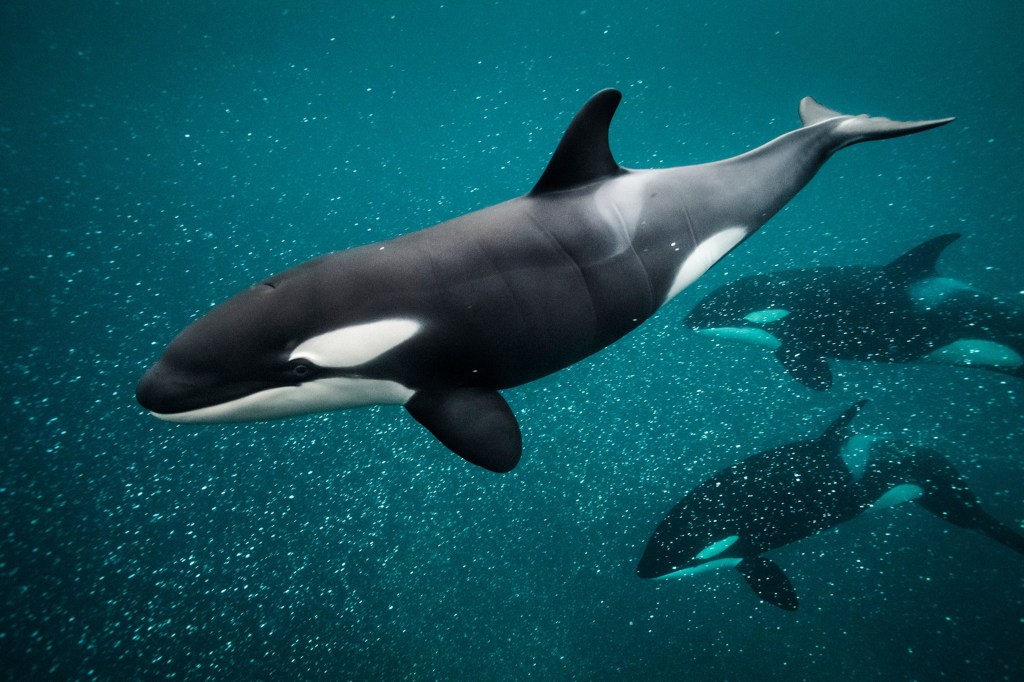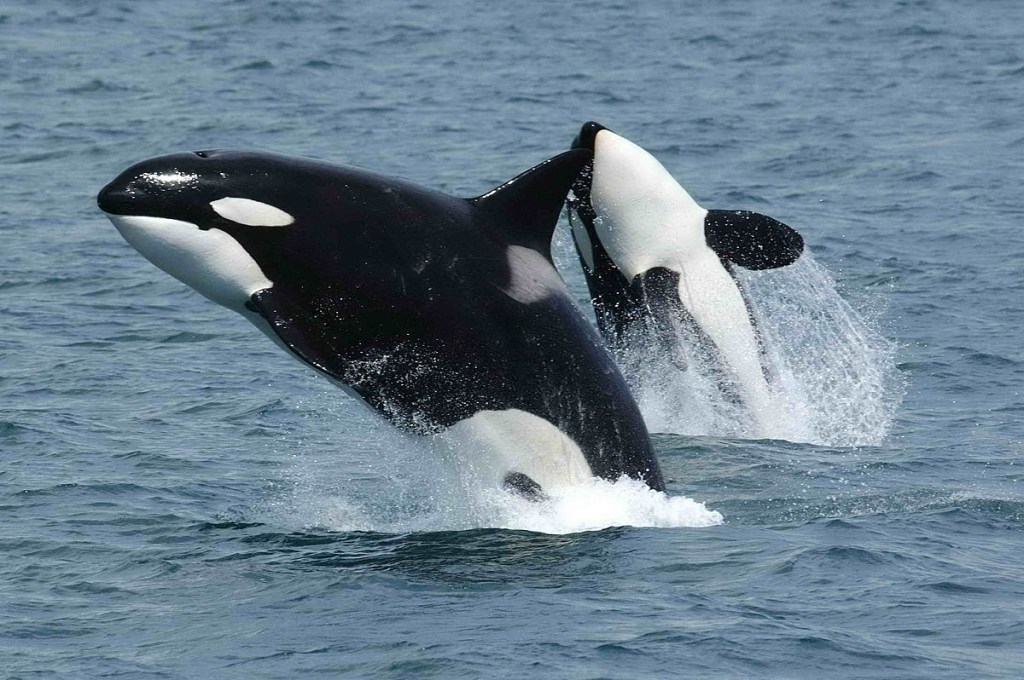Unveiling The Majestic Ocean Animals: Discover The Power And Mystery Of The Killer Whale!
The Majestic Ocean Creatures: Killer Whales
As a passionate reviewer, I have always been captivated by the wonders of the ocean and its fascinating inhabitants. One particular marine creature that has always intrigued me is the killer whale. With its majestic appearance and powerful presence, the killer whale, also known as the orca, is a true marvel of nature. In this article, I will delve into the captivating world of killer whales, exploring their characteristics, behavior, and the importance of their conservation.
What Are Killer Whales?
Killer whales, or orcas, are the largest members of the dolphin family. They are highly intelligent marine mammals that inhabit oceans all around the world, from the frigid waters of the Arctic to the tropical seas. These magnificent creatures are known for their distinctive black and white coloration, with a sleek and streamlined body that allows them to glide effortlessly through the water.
3 Picture Gallery: Unveiling The Majestic Ocean Animals: Discover The Power And Mystery Of The Killer Whale!



Who Are They?
Killer whales live in complex social structures known as pods, which can consist of up to 40 individuals. Each pod has its own unique dialect of vocalizations, allowing them to communicate and coordinate as a group. These social bonds are incredibly strong, with members of a pod often staying together for their entire lives. Within a pod, there is a hierarchical structure, with older and more experienced individuals leading and guiding the younger ones.
When and Where Can You Find Them?

Image Source: natgeofe.com
Killer whales can be found in all major oceans worldwide, from the Arctic to the Antarctic. They are highly adaptable and have been spotted in a wide range of habitats, including both coastal and offshore waters. In terms of their migratory patterns, killer whales are known to travel long distances in search of prey, following the seasonal movements of their preferred food sources.
Why Are They Called Killer Whales?
The name killer whale can be misleading, as these marine mammals are not known to pose a threat to humans in the wild. The name actually originates from their predatory nature, as killer whales are formidable hunters and feed on a variety of prey, including fish, squid, seals, and even other marine mammals. They employ sophisticated hunting techniques and often work together as a team to secure their meals.
How Do They Hunt?
Killer whales are highly skilled hunters, employing a range of techniques to capture their prey. One of their most impressive hunting strategies is known as wave-washing, where they create a wave by slapping their tails on the water’s surface, forcing their prey closer to the shore or onto floating ice. They also use cooperative hunting methods, such as encircling a school of fish and driving them into a tight ball, making it easier for the killer whales to snatch a meal.
FAQ: Frequently Asked Questions
Q: How big do killer whales get?

Image Source: natgeofe.com
A: Killer whales can reach lengths of up to 30 feet and can weigh as much as 10 tons.
Q: What is the lifespan of a killer whale?

Image Source: wikimedia.org
A: Killer whales have a lifespan similar to humans, with females living up to 50-80 years and males living up to 30-50 years.
Q: Are killer whales endangered?
A: While killer whales are not currently classified as endangered, some populations, such as the Southern Resident killer whales in the Pacific Northwest, are considered at risk due to various threats, including pollution, habitat loss, and declining prey populations.
Q: Do killer whales attack humans?
A: There have been very few documented cases of killer whales attacking humans in the wild. However, it is important to remember that they are wild animals and should be treated with caution and respect.
The Importance of Killer Whale Conservation
Killer whales play a vital role in maintaining the balance of marine ecosystems. As top predators, they help regulate the populations of prey species, preventing them from overpopulating and depleting their food sources. Additionally, killer whales are indicators of ocean health, as their presence or absence can provide valuable insights into the overall well-being of marine environments.
Conclusion: Awe-Inspiring and In Need of Protection
My experience delving into the world of killer whales has left me in awe of these majestic creatures. Their intelligence, social bonds, and hunting prowess make them an integral part of our planet’s biodiversity. However, we must also recognize the challenges they face and the need for conservation efforts to protect their habitats and ensure their survival for future generations. I highly recommend taking the time to learn more about killer whales and support initiatives that aim to preserve these incredible ocean animals.
This post topic: Ocean Wildlife